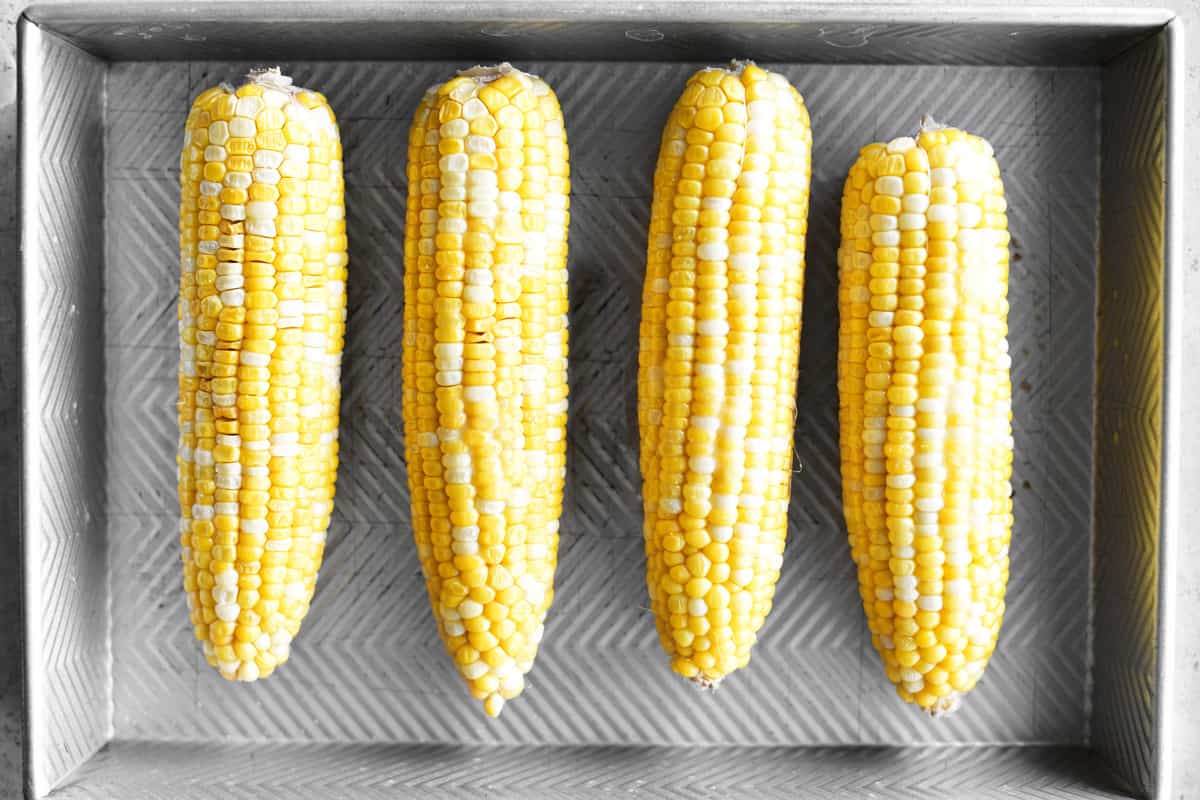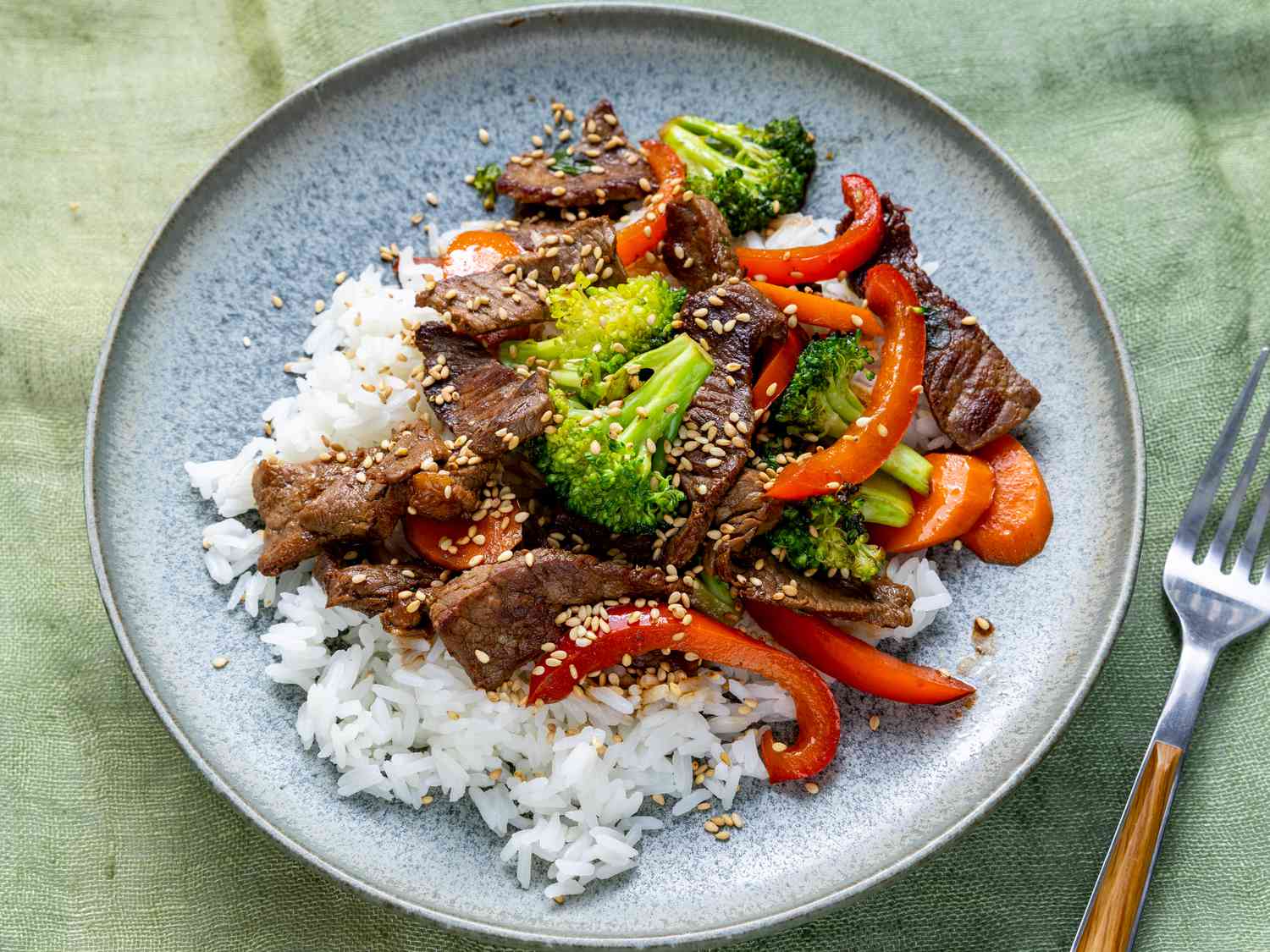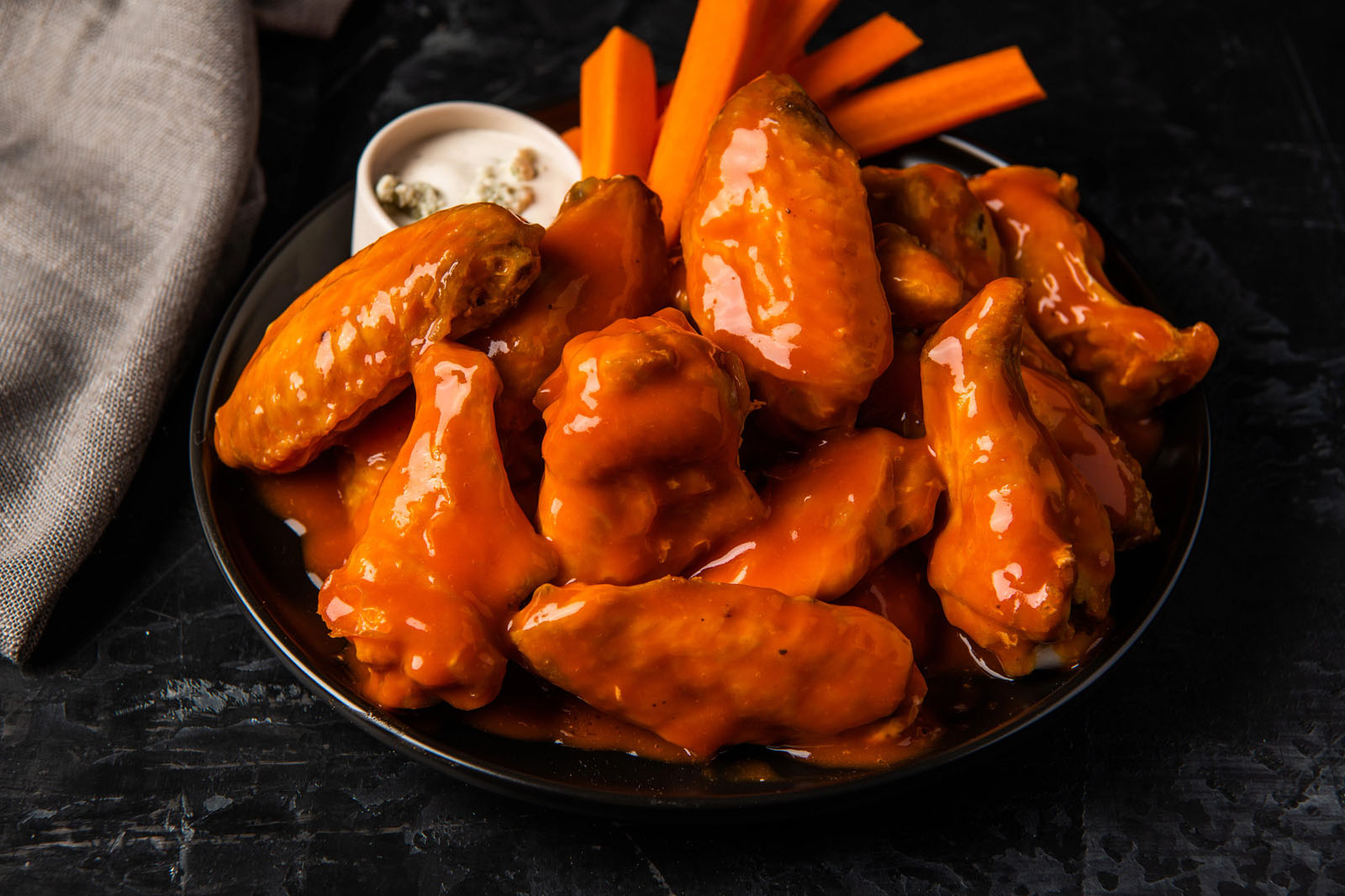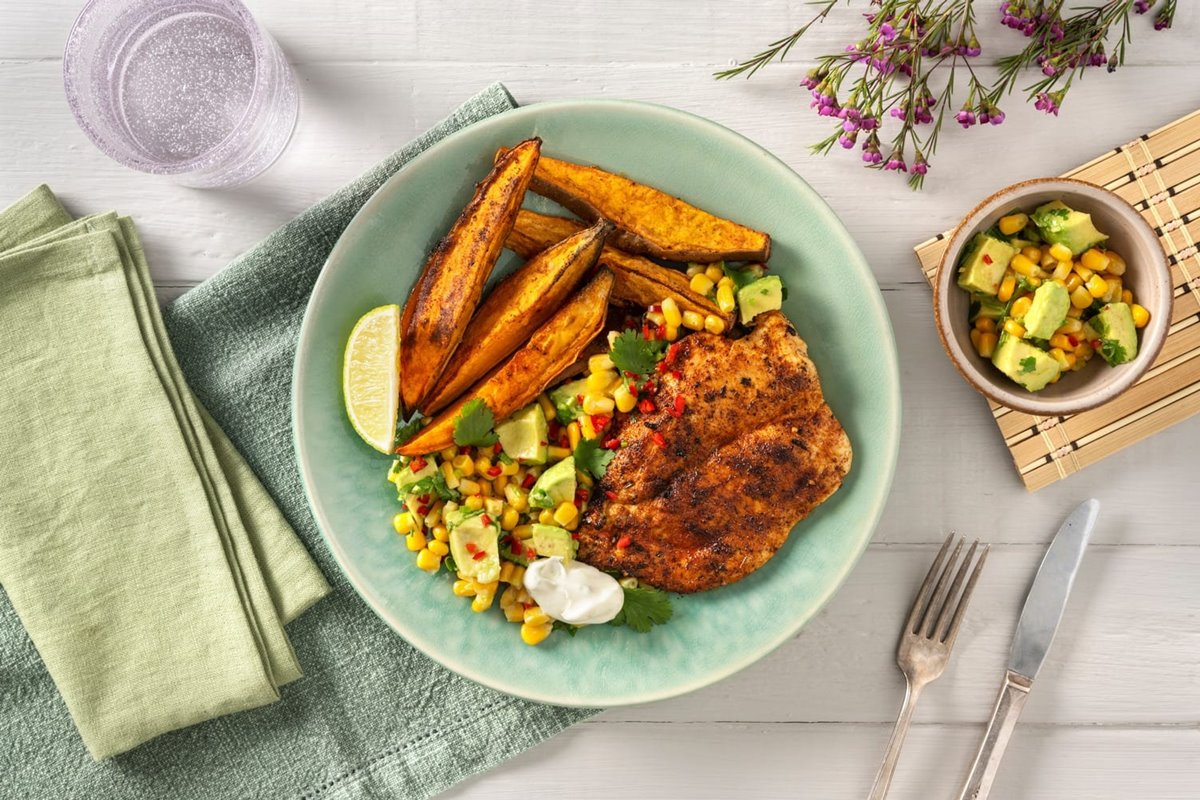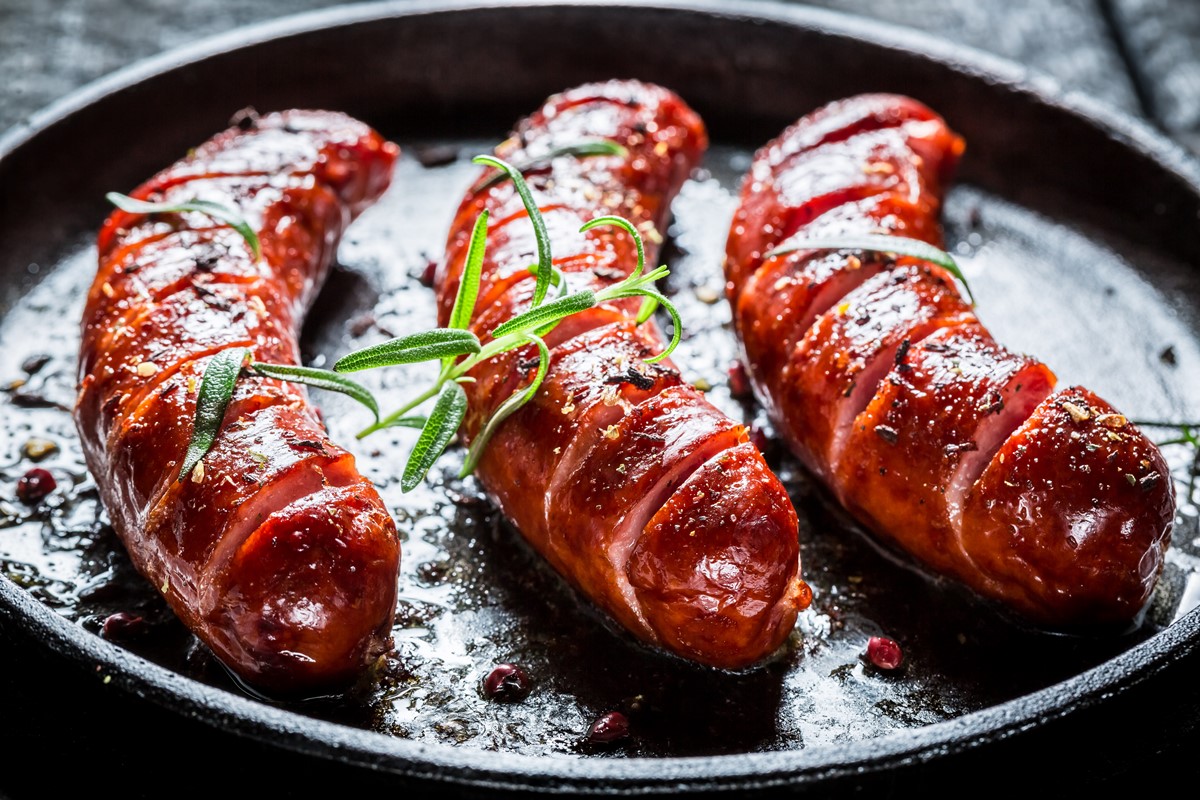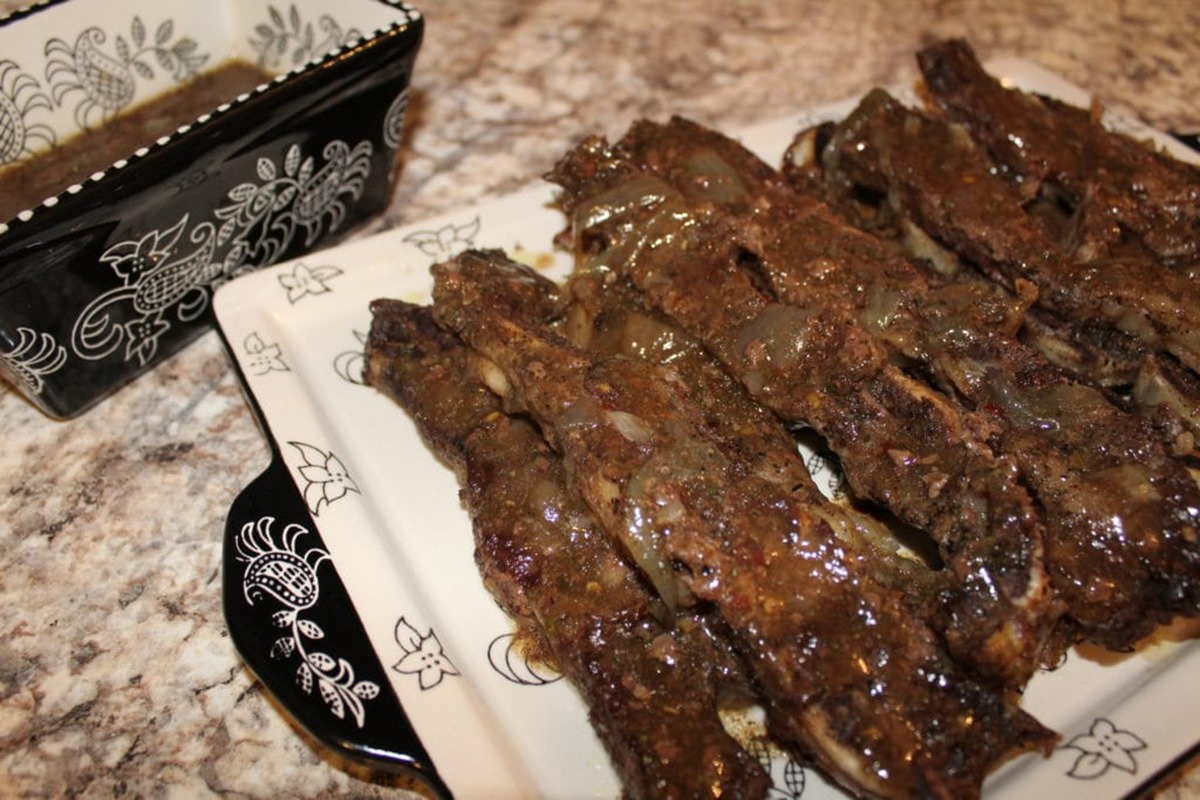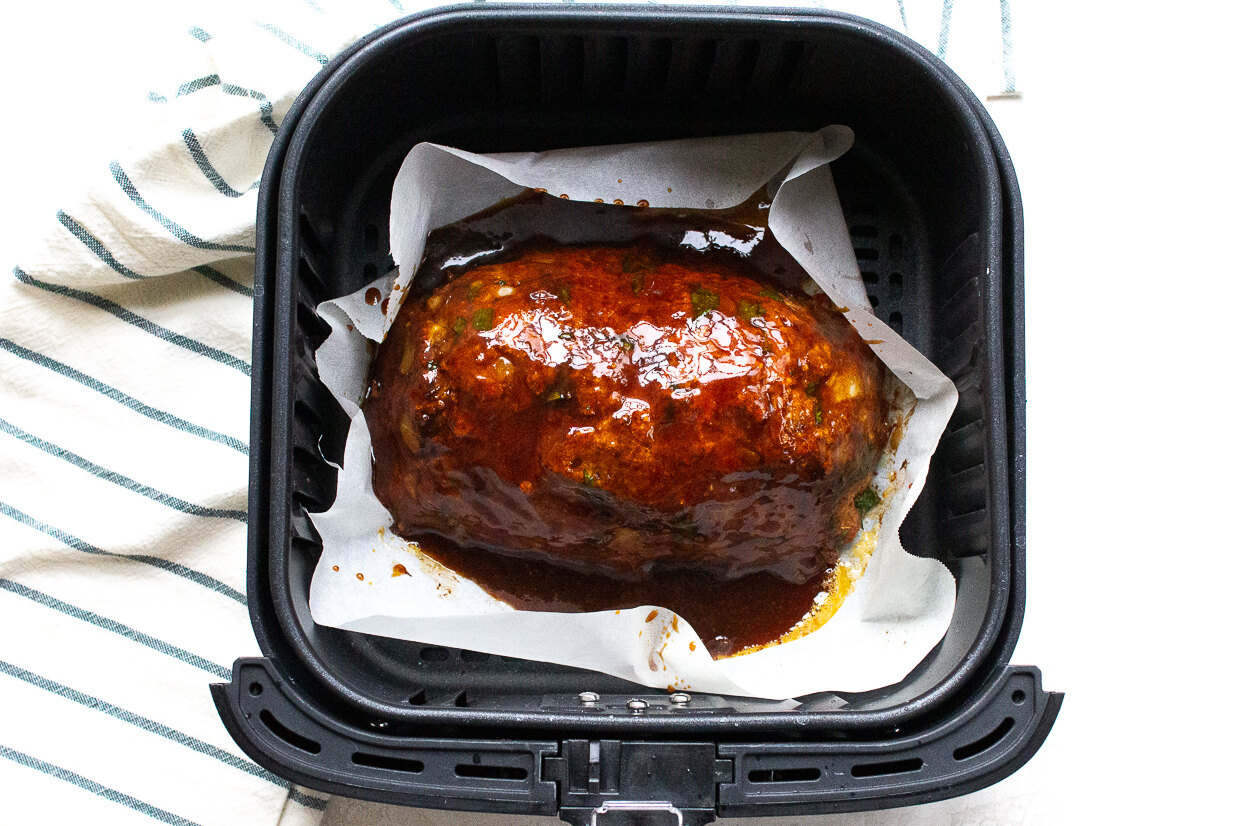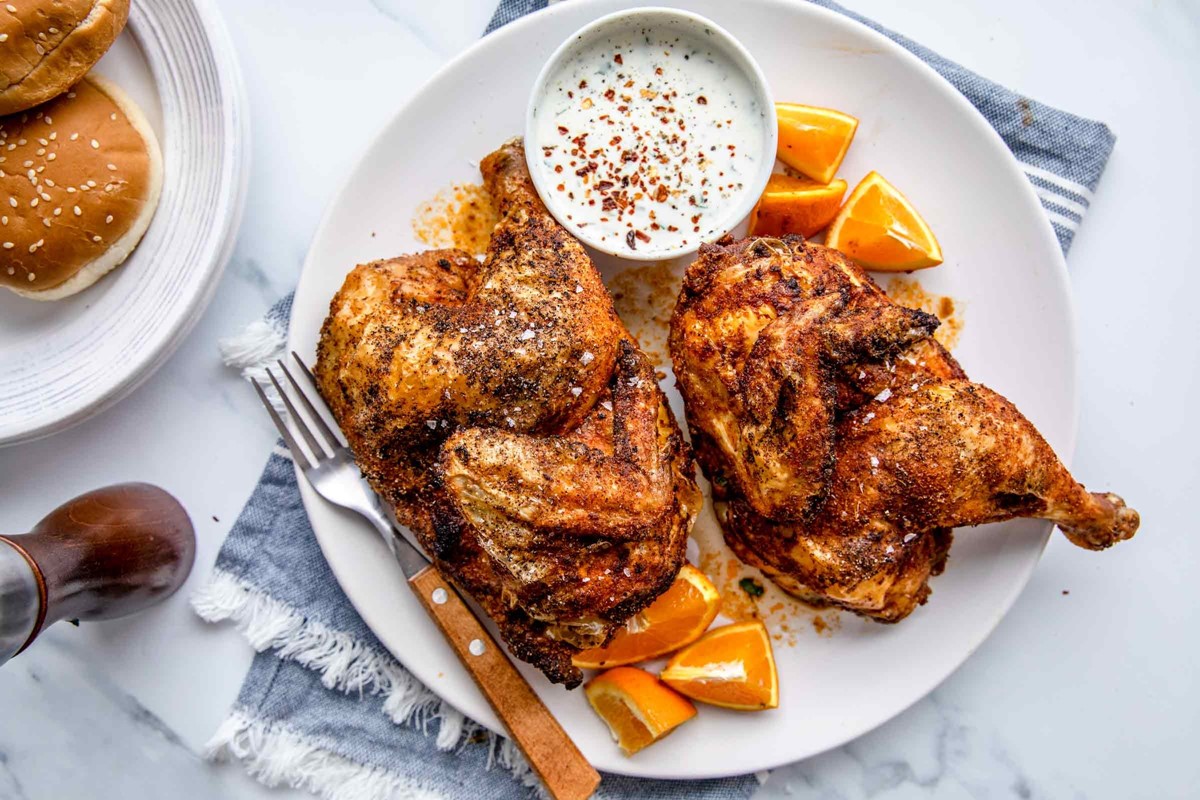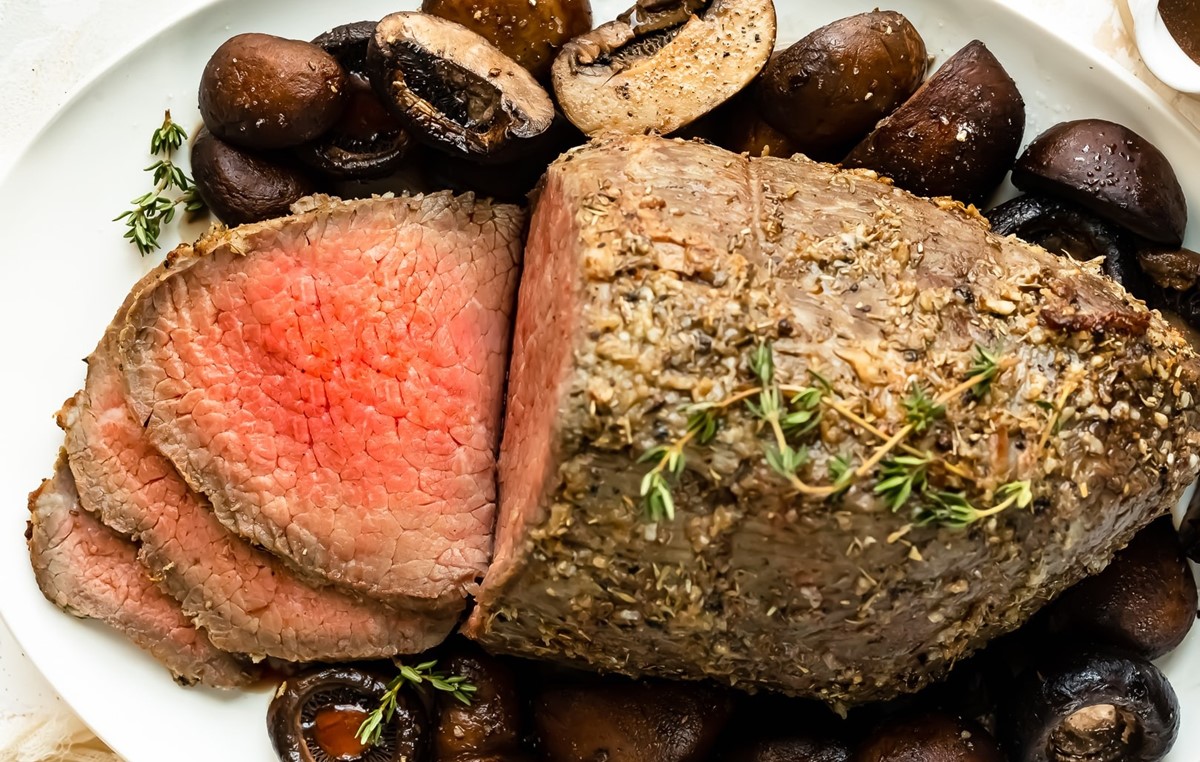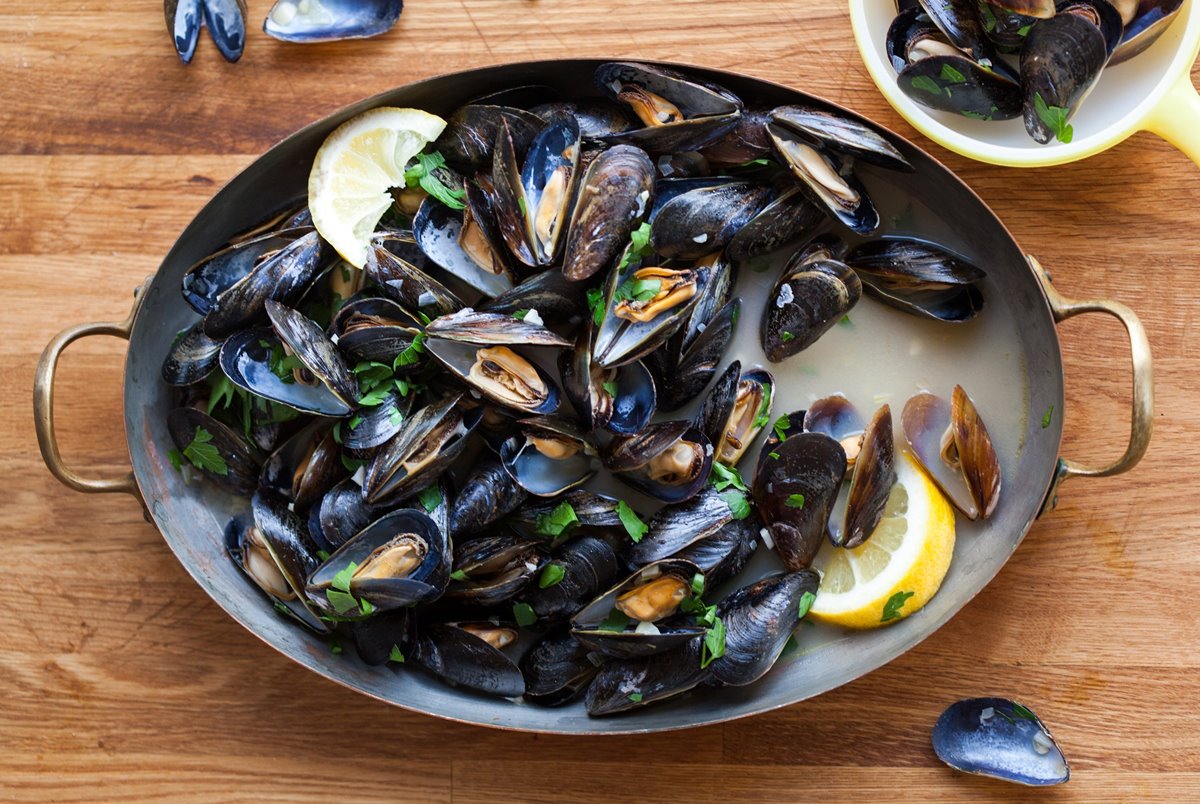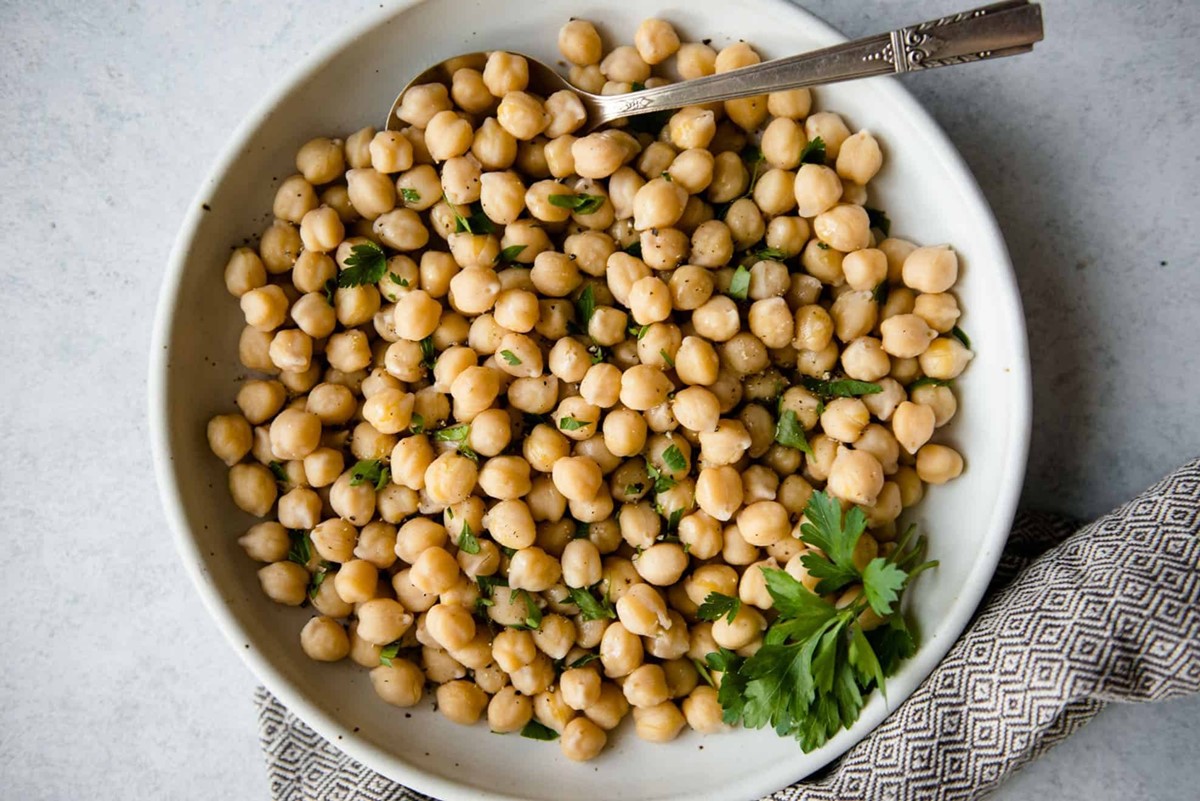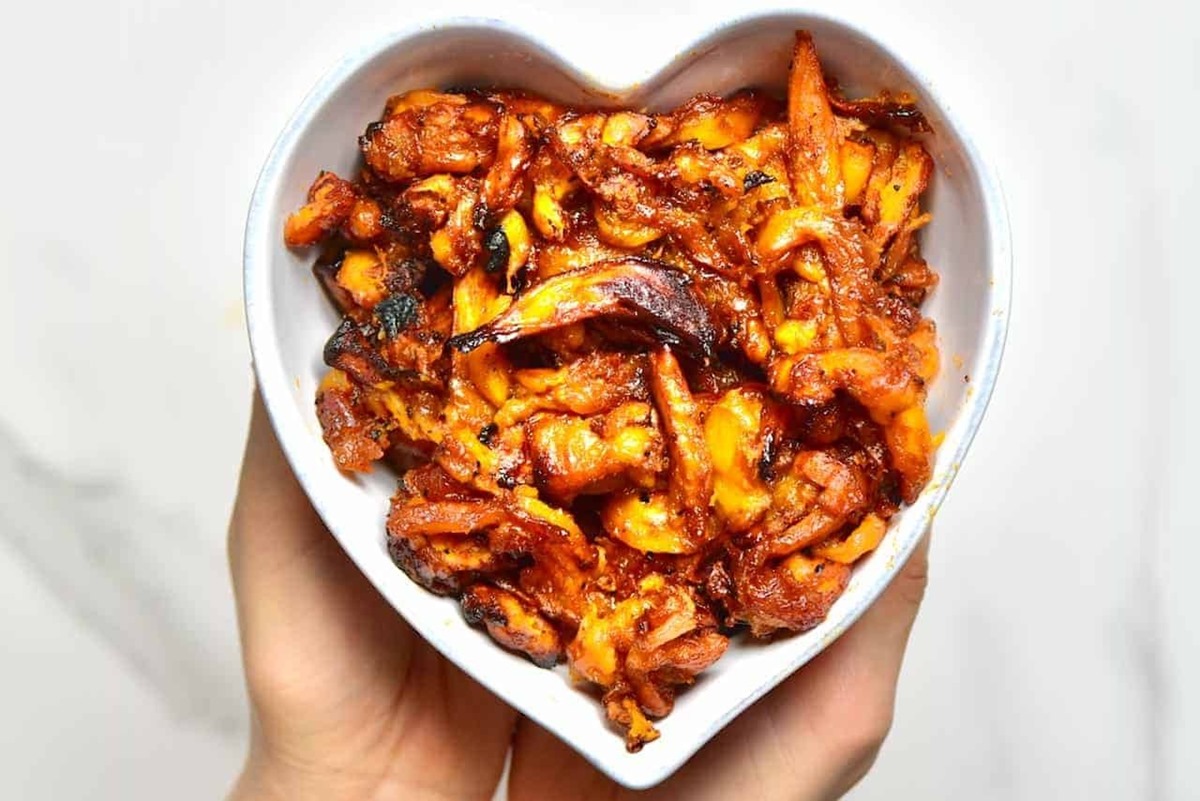Master the Art of Cooking Frozen Roast Beef
There’s nothing quite like the aroma and flavor of a tender, juicy roast beef. But what do you do when you forgot to thaw your roast in advance? Don’t panic! We’ve got you covered with a step-by-step guide on how to cook frozen roast beef to perfection. With a little patience and some handy techniques, you can enjoy a mouthwatering meal without the hassle of defrosting.
1. Prepping the Frozen Roast Beef
Before you begin, it’s important to have the right tools and ingredients at hand. Here’s what you’ll need:
- Frozen roast beef (size according to your preference)
- Roasting pan
- Meat thermometer
- Seasonings of your choice (salt, pepper, herbs, etc.)
- Olive oil or cooking oil
Ensure that your frozen roast beef is properly sealed to prevent any air exposure. Remove any packaging material before proceeding.
2. The Slow and Steady Cooking Method
Cooking frozen roast beef is all about low and slow. The goal is to gently thaw and cook the meat evenly, retaining its natural juices and tenderness. Follow these steps:
- Preheat your oven to 325°F (or 160°C).
- Place the frozen roast beef on a rack in the roasting pan.
- Brush the surface of the beef with olive oil or cooking oil to promote browning.
- Season the roast beef with your desired seasonings. Herbs like rosemary and thyme work wonderfully with beef.
- Insert a meat thermometer into the thickest part of the roast, making sure it doesn’t touch any bone.
- Roast the beef in the oven, allowing approximately 25 to 30 minutes of cooking time per pound.
- Monitor the internal temperature of the meat. For a perfectly cooked roast beef, aim for a medium-rare temperature of 135°F (or 57°C). Adjust cooking time accordingly.
- Once the desired internal temperature is reached, remove the roast beef from the oven and cover it loosely with foil.
- Allow the roast beef to rest for 15 to 20 minutes. This allows the juices to redistribute, ensuring a moist and flavorful result.
3. Carving and Serving the Roast Beef
After the resting period, your mouthwatering roast beef is ready to be carved and served. Use a sharp knife to slice the meat against the grain into thin, tender slices.
Serve your succulent roast beef with your choice of side dishes, such as roasted vegetables, creamy mashed potatoes, or a fresh green salad.
Remember, the key to cooking frozen roast beef is patience. Don’t rush the process, as it may result in uneven cooking or a dry roast. With a little time and know-how, you can impress your family and friends with a delicious meal, even when starting with a frozen piece of meat.
So the next time you forget to thaw your roast beef, don’t fret. Follow our guide, and you’ll be well on your way to enjoying a mouthwatering meal that will have everyone asking for seconds!
Was this page helpful?
Read Next: How To Cook Frozen Chicken Wings In Oven
